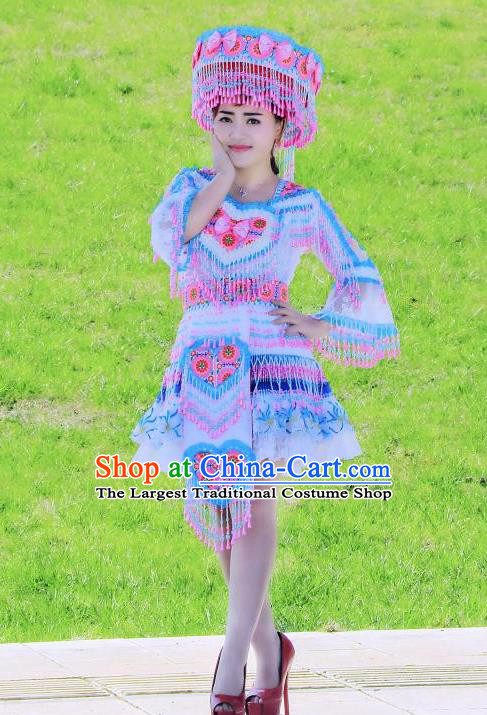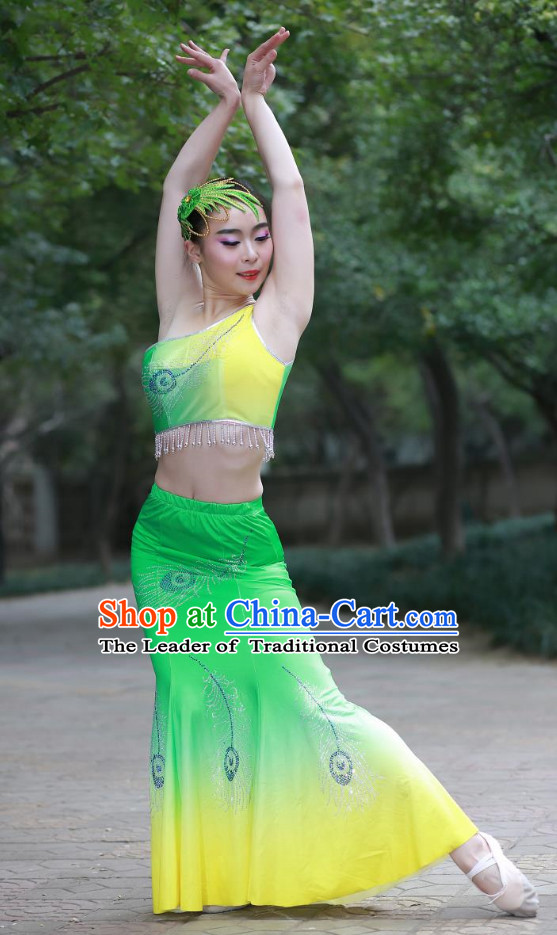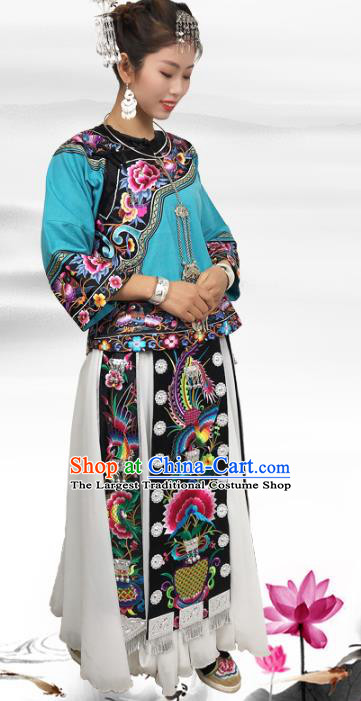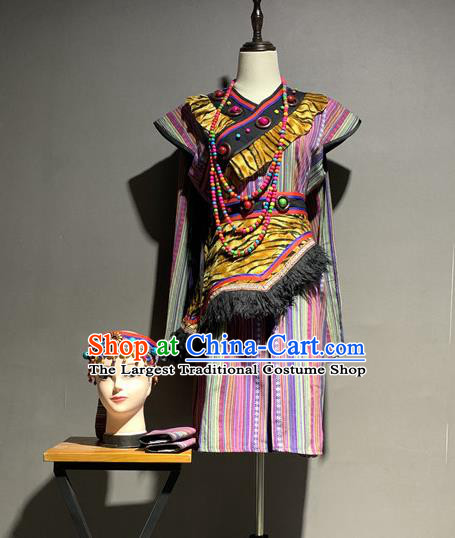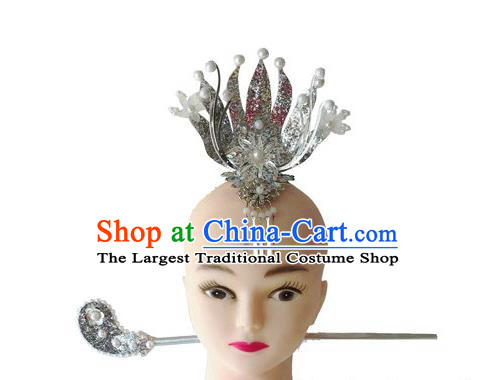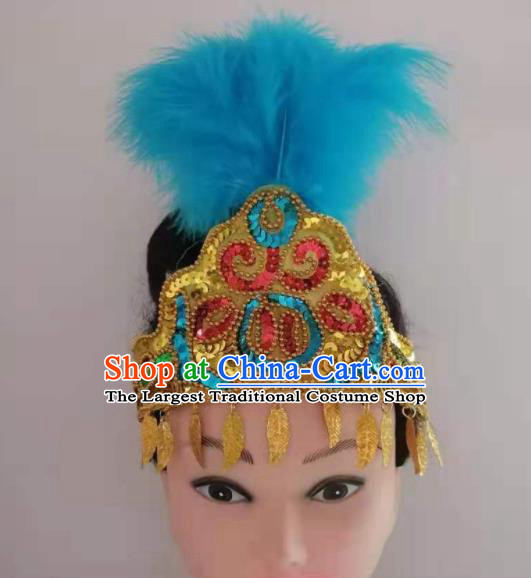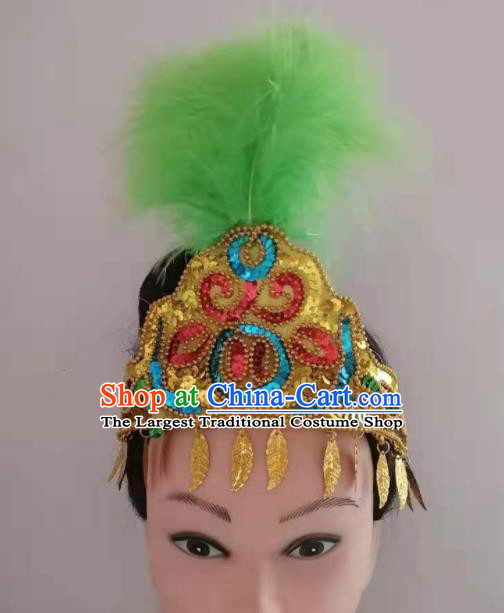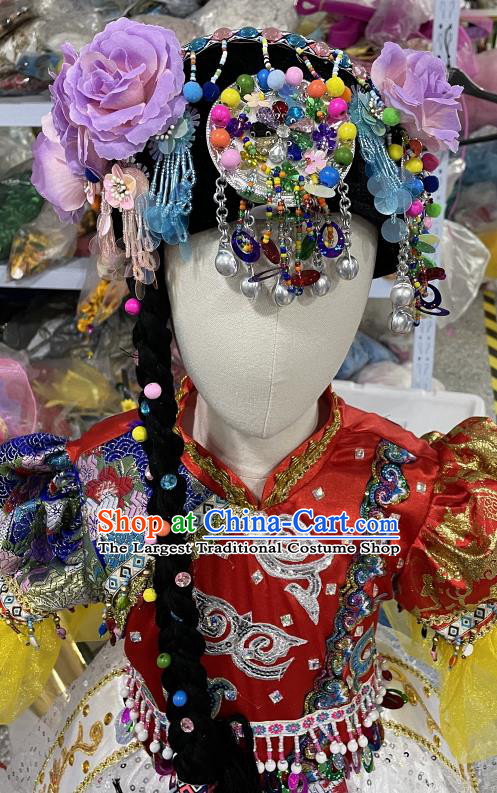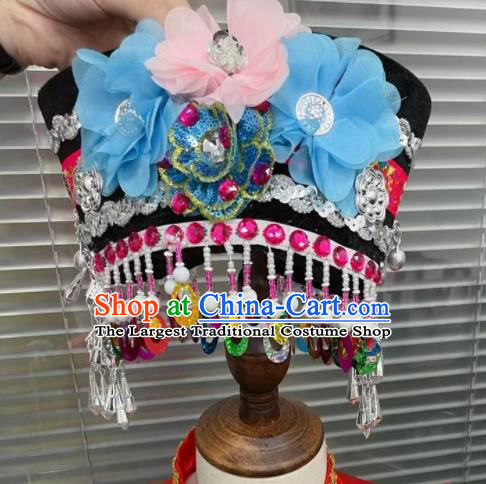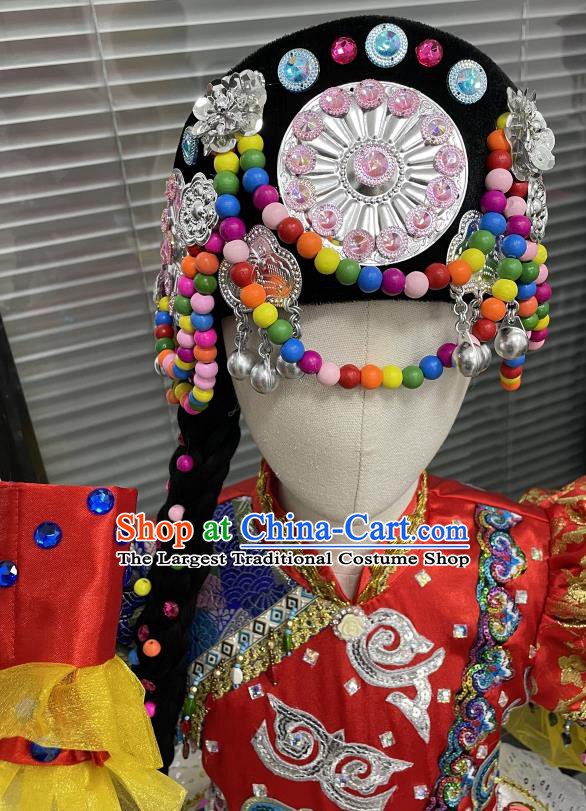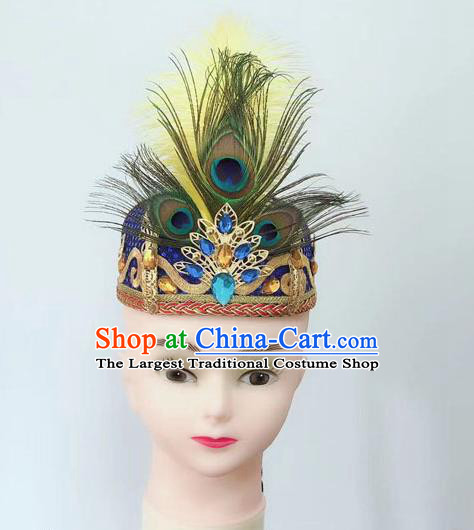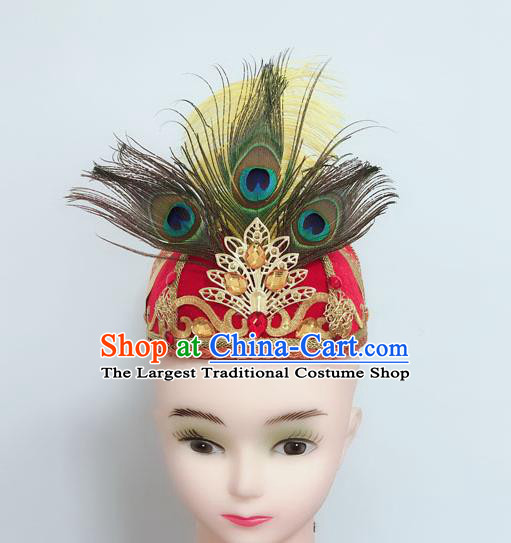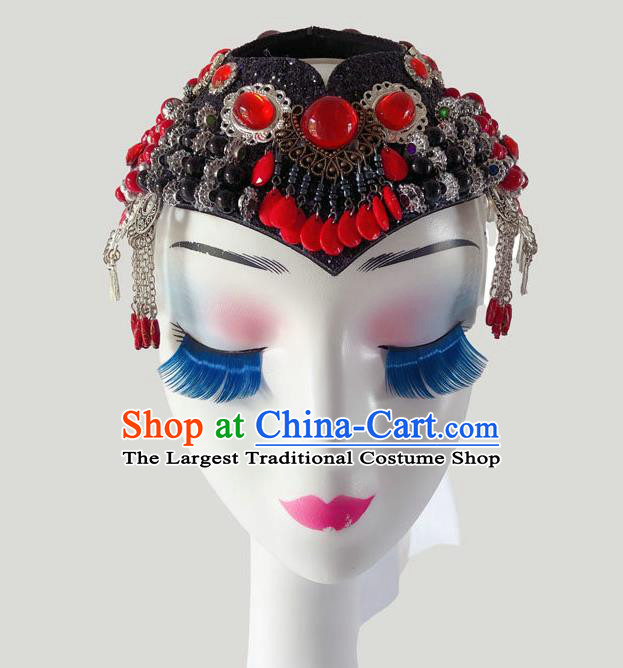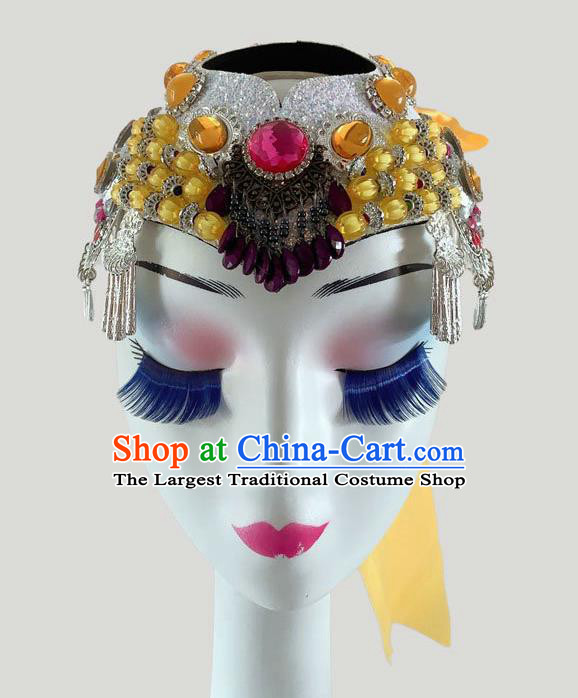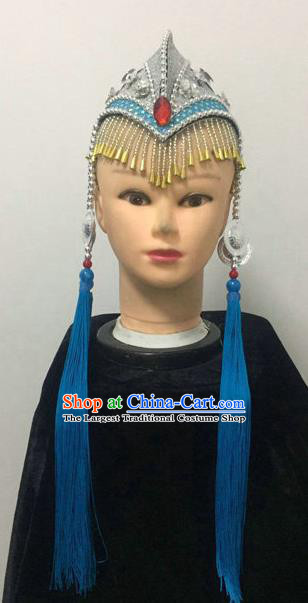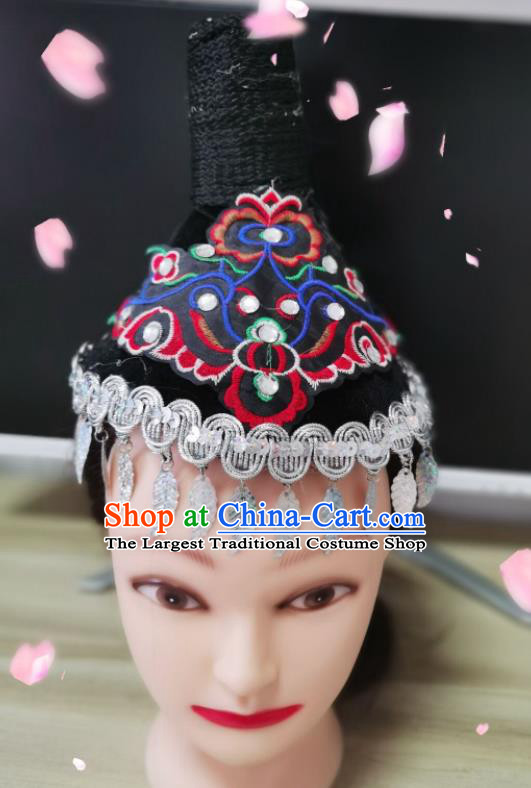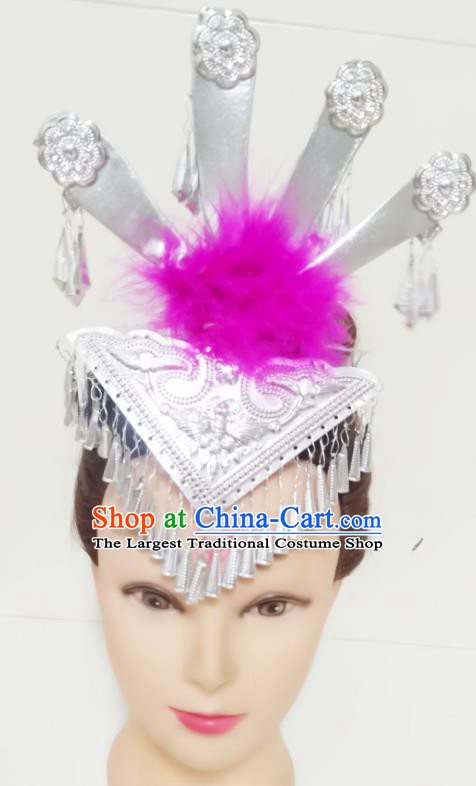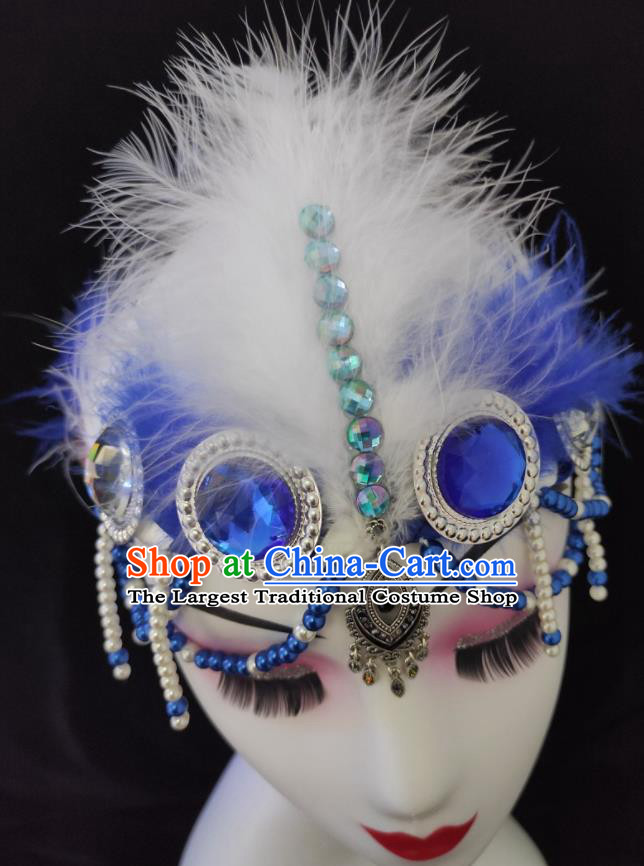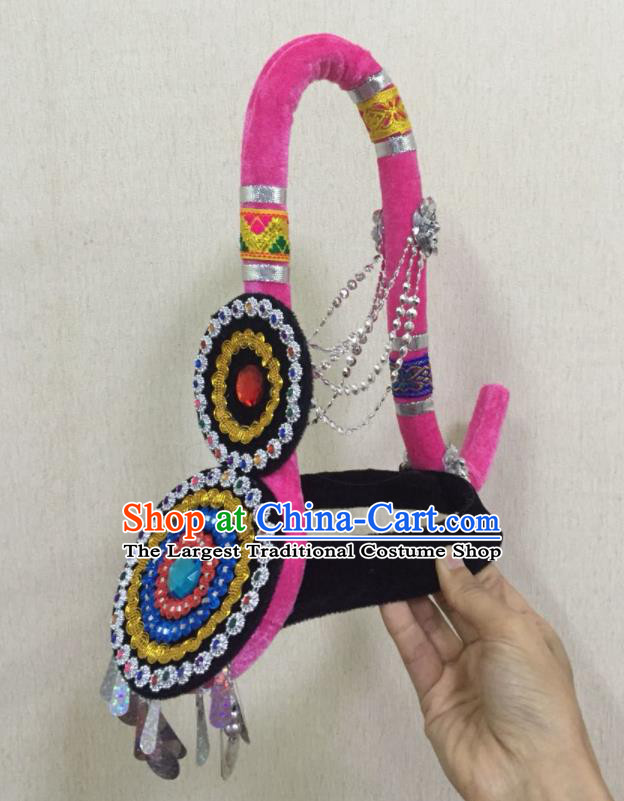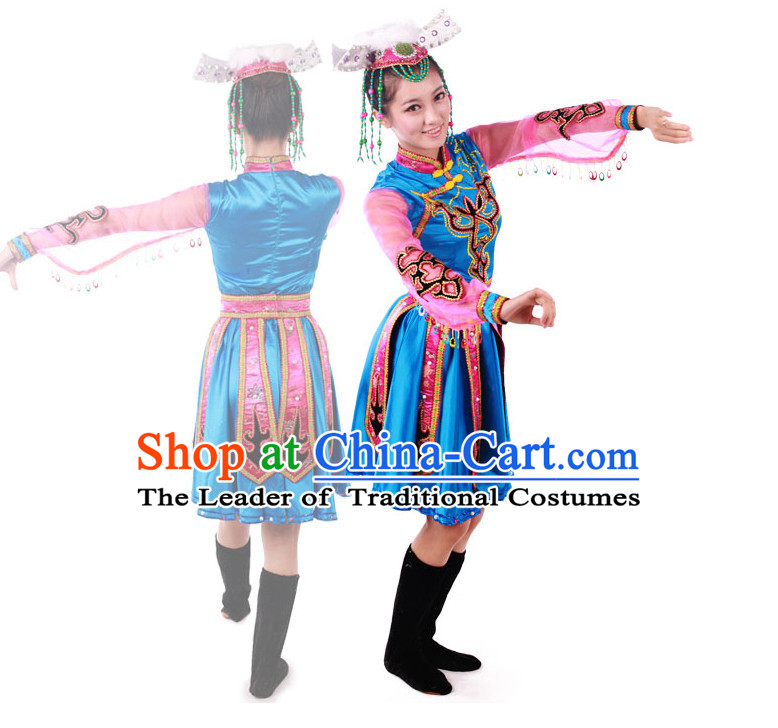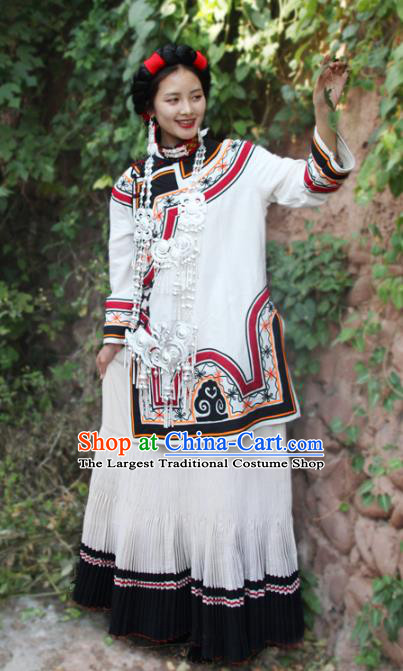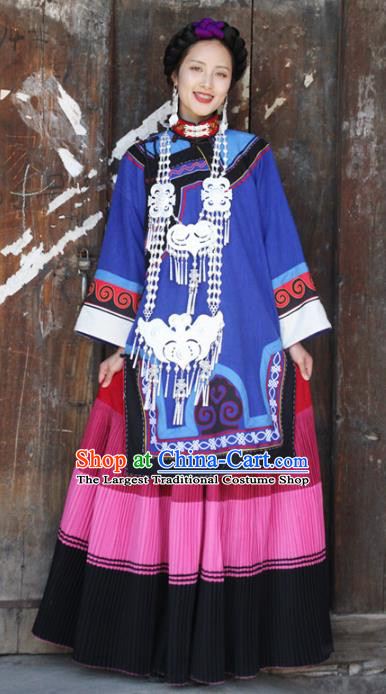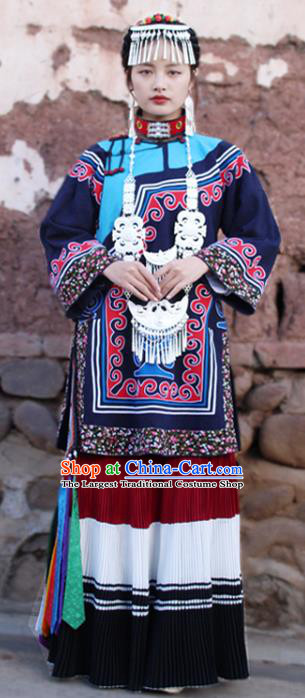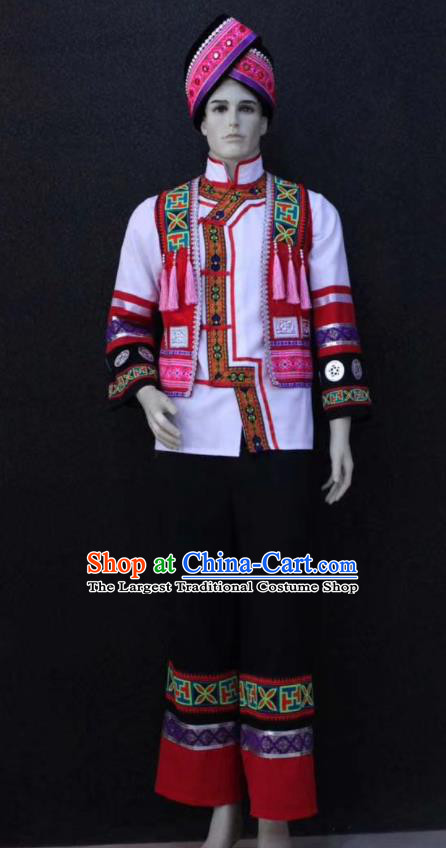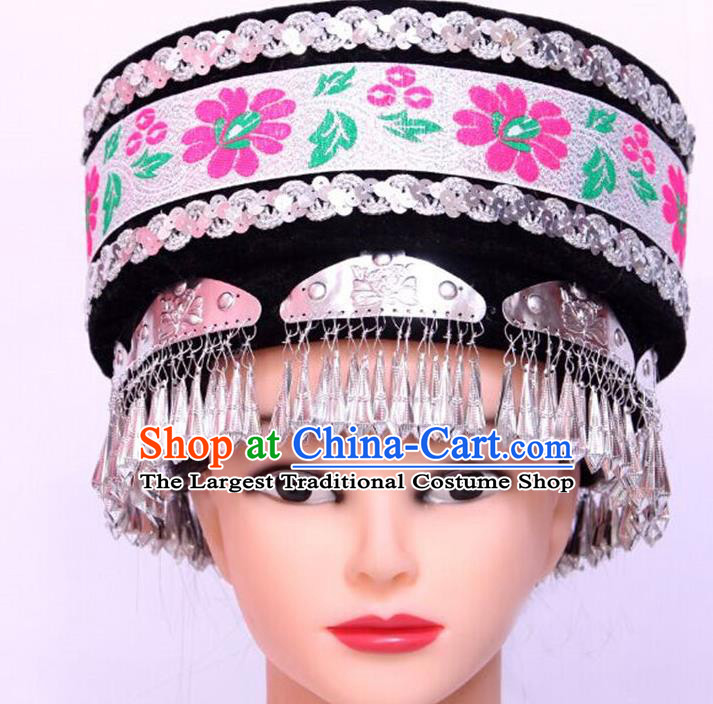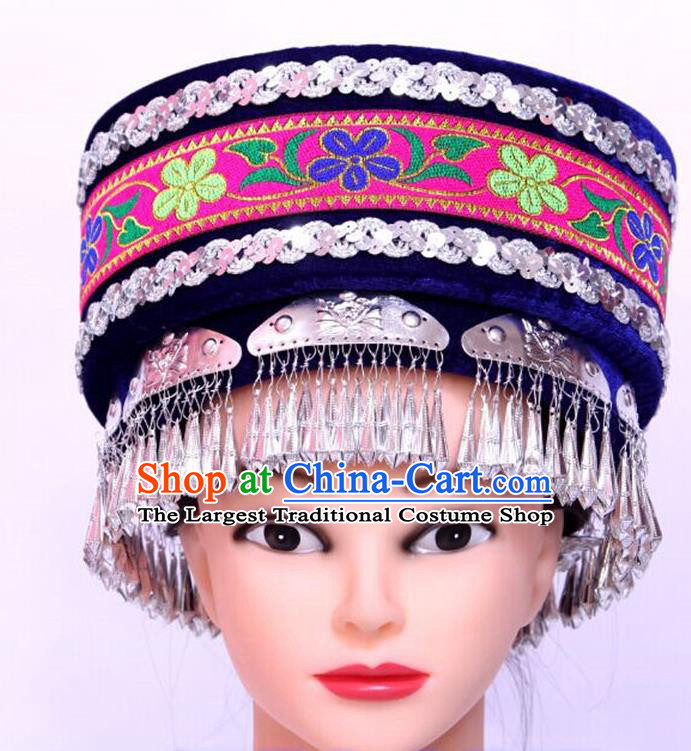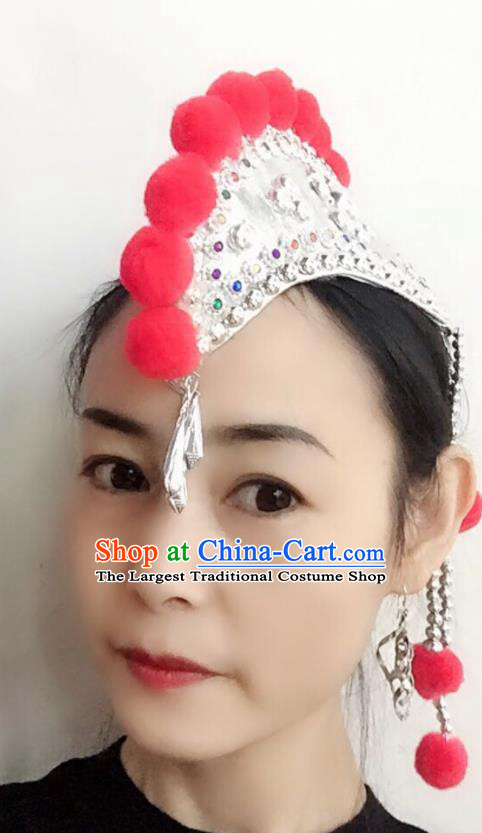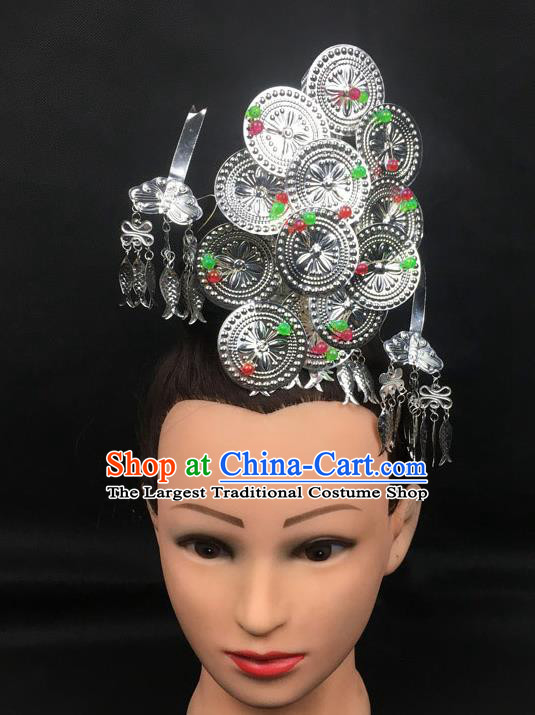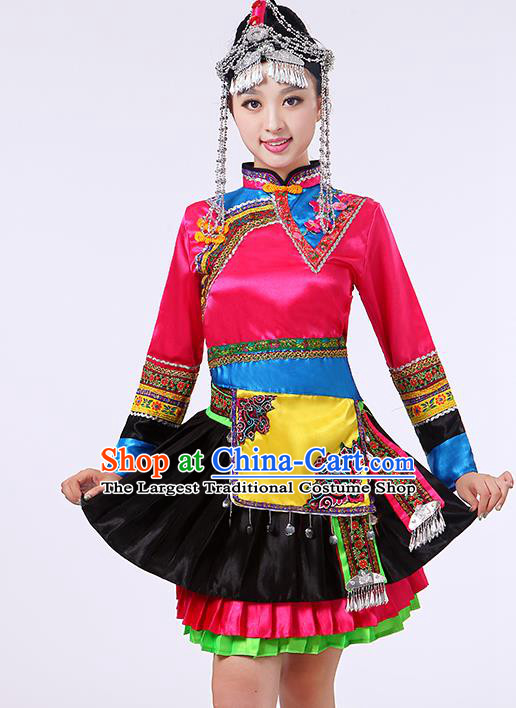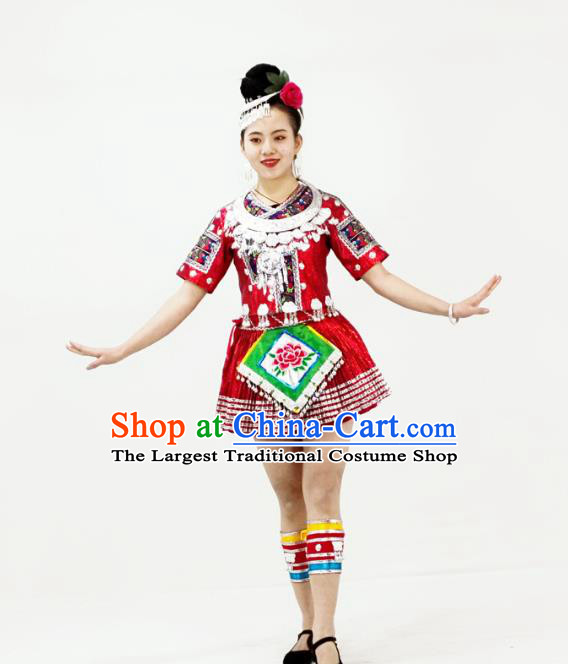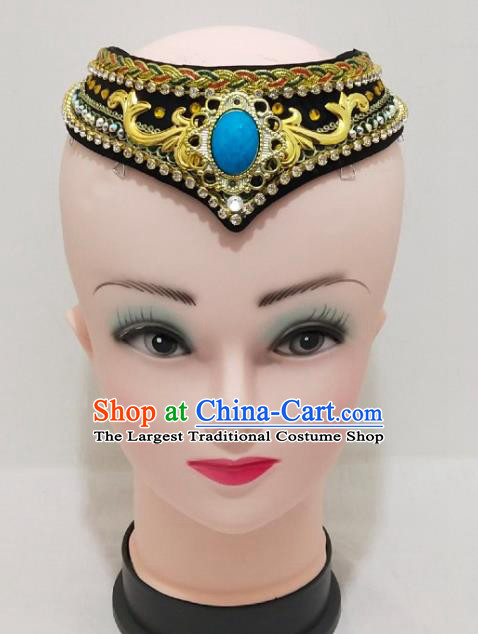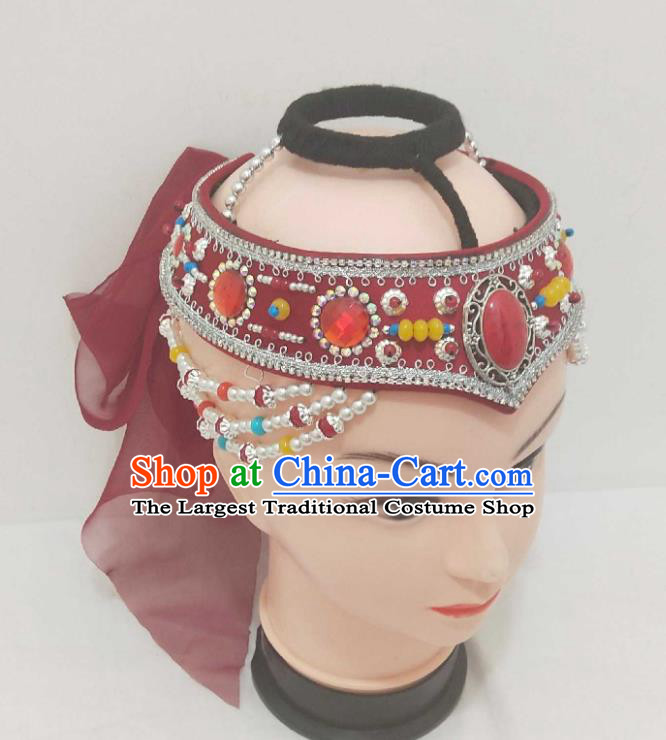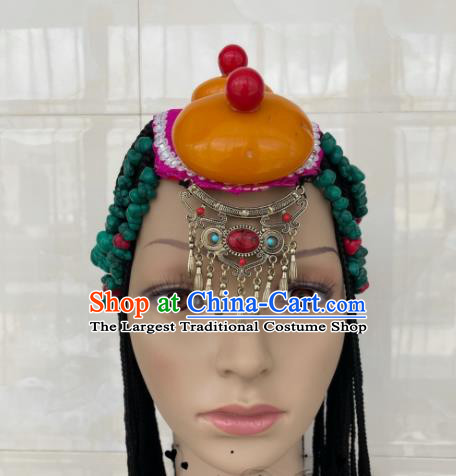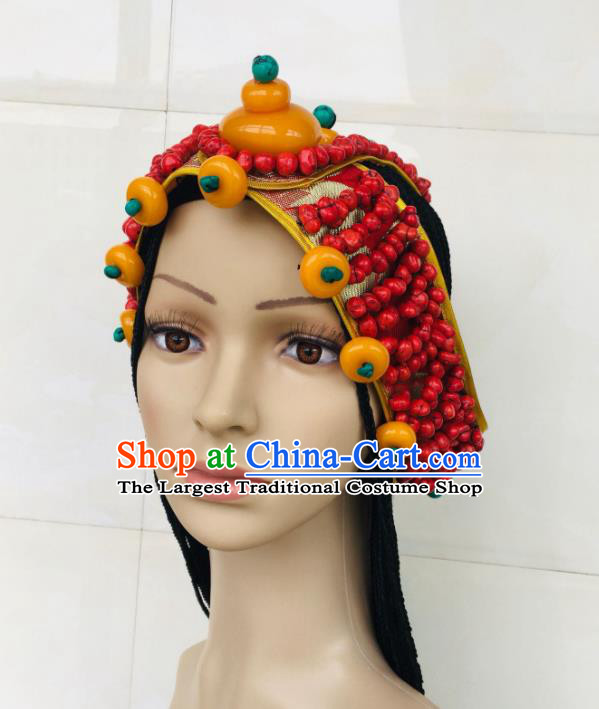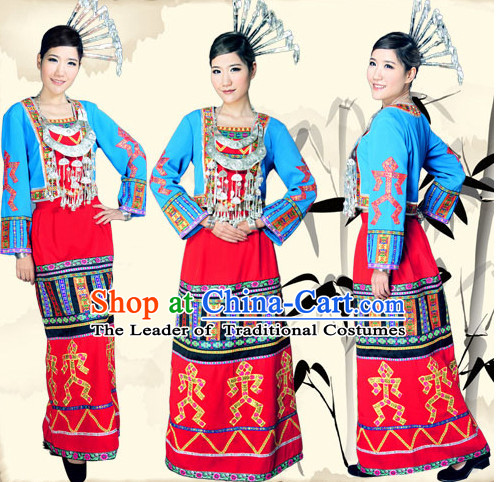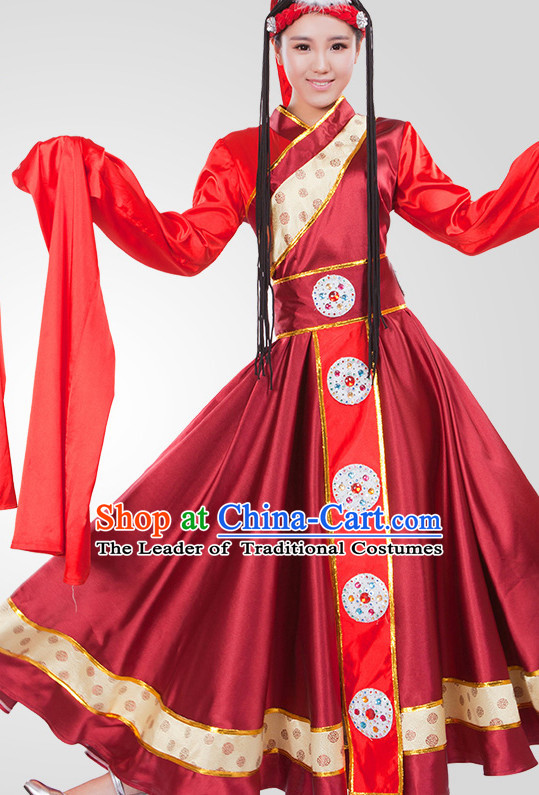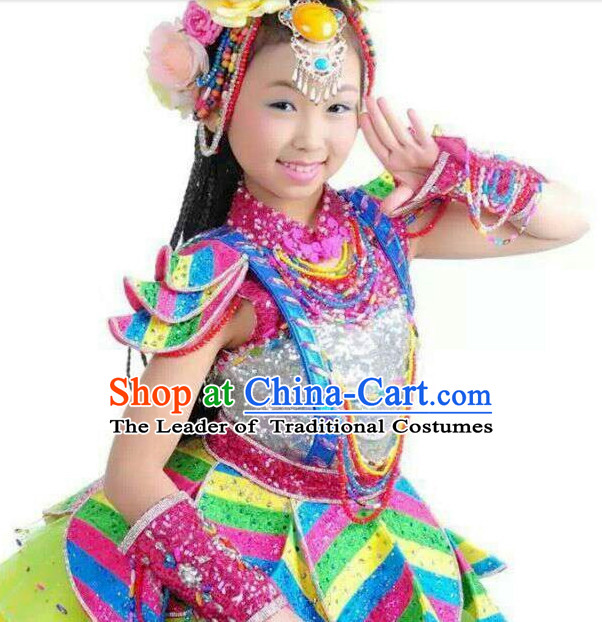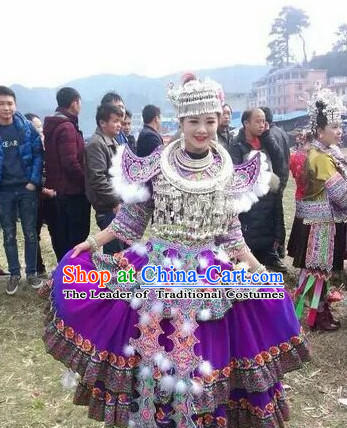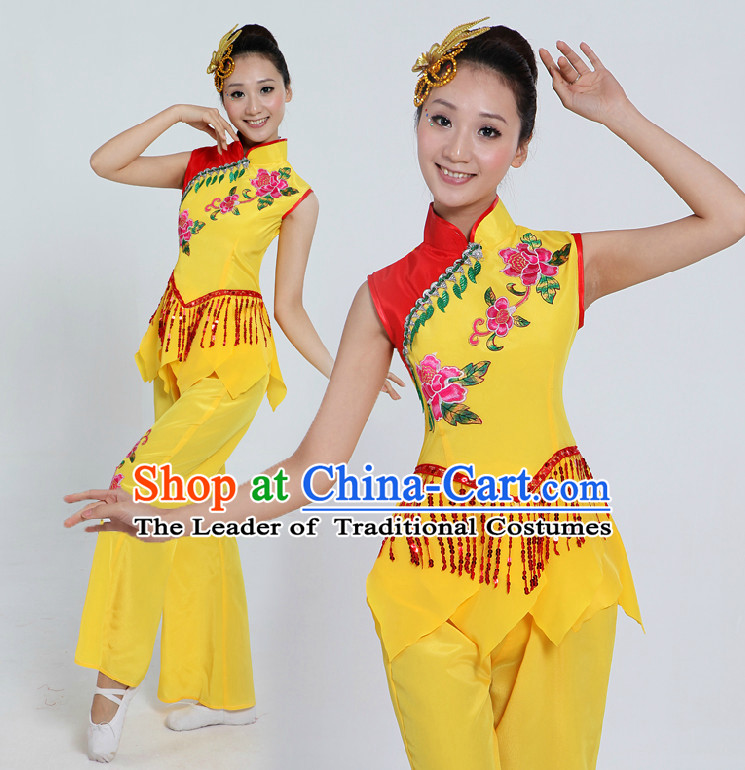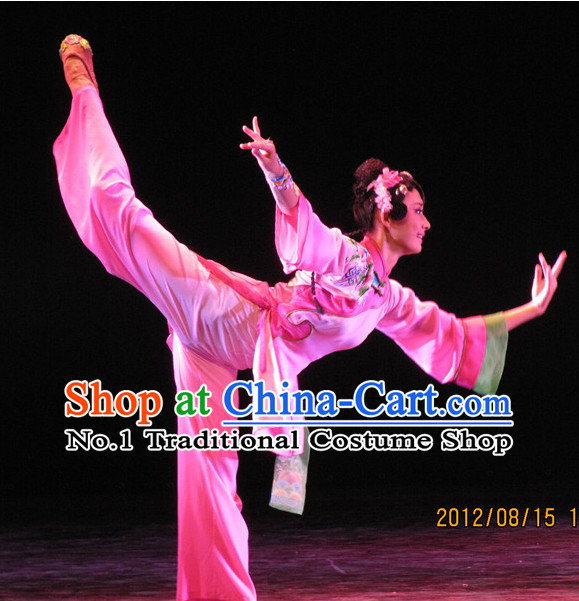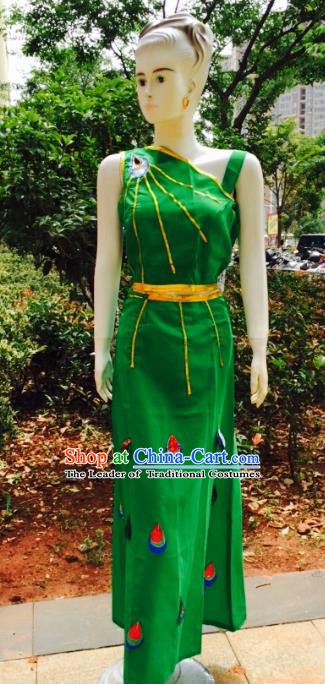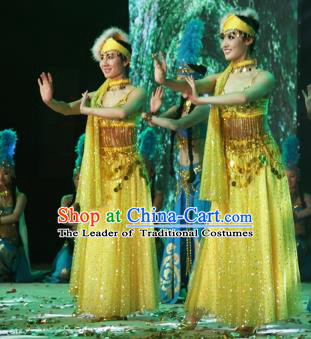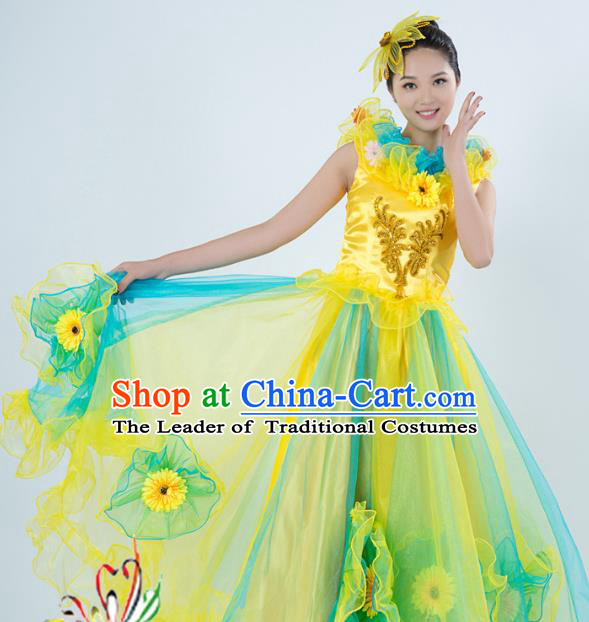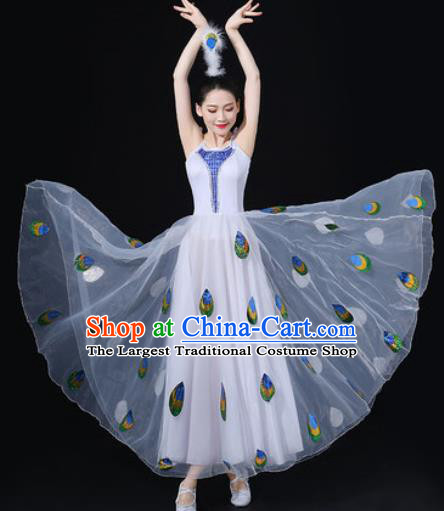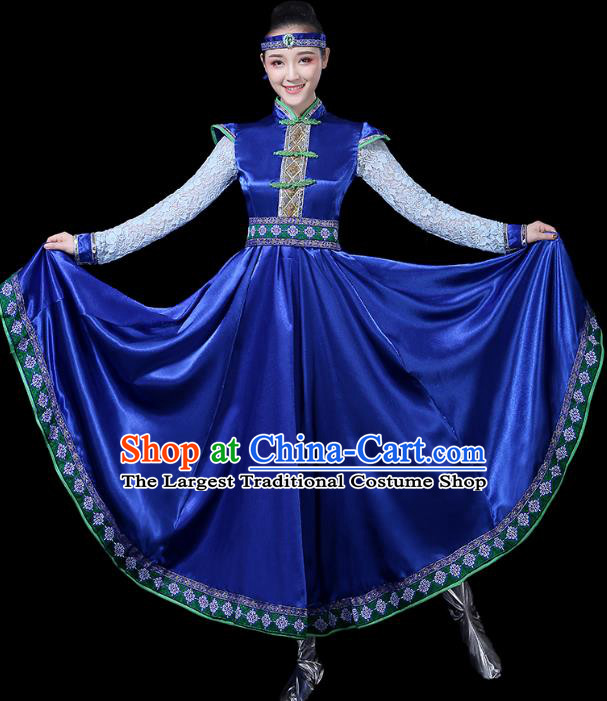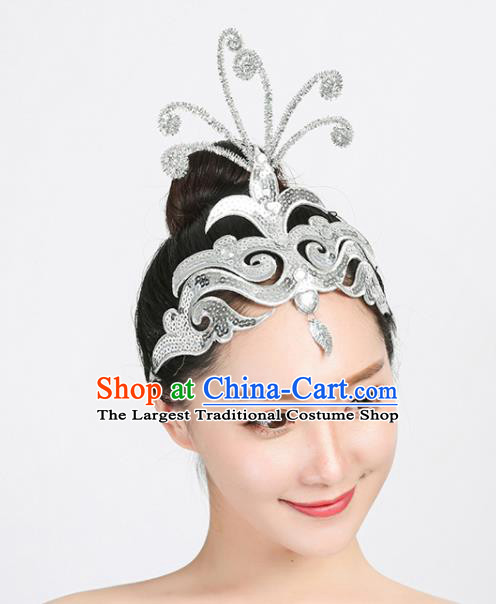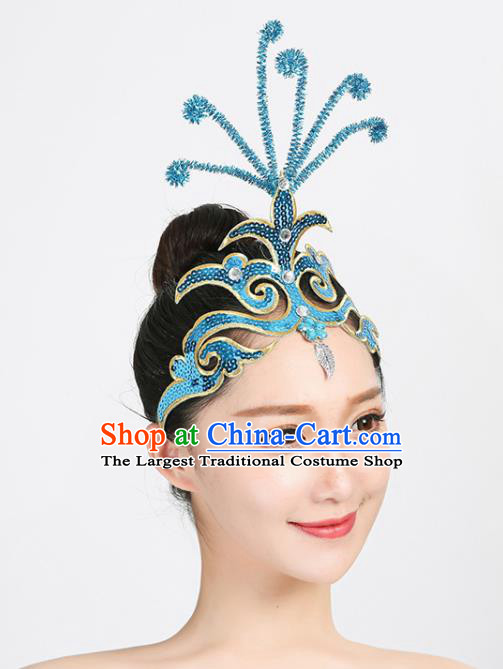
Click Related Pictures for More Audios:
Dresses and headdresses of Chinese ethnic dances are precious gems in the treasure house of Chinese culture, carrying rich historical connotations and cultural significance.
These dresses and headdresses not only display the unique aesthetic concepts and artistic styles of various ethnic groups, but also reflect their understanding of nature, life, and society.
In these exquisite works, we can see the exquisite skills of traditional crafts such as silk, embroidery, and beads, as well as the unique use of colors, patterns, and shapes.
For example, Miao silver ornaments are famous for their unique craftsmanship and exquisite design.
Miao silver ornaments are usually made of pure silver, with a thin layer of tin plating on the surface to make it wear-resistant and antioxidant.
The patterns of Miao silver ornaments are diverse, including animals, plants, geometric shapes, etc.
, among which the most famous one is the butterfly pattern.
The butterfly pattern symbolizes happiness, harmony, and auspiciousness, and is one of the favorite patterns of the Miao people.
In addition, Tibetan thangka is also an important part of Chinese ethnic dance dresses and headdresses.
Thangka is a kind of religious painting painted on cloth or paper with pigments, usually used in Buddhist temples and family worship.
The content of thangka paintings is diverse, including Buddha statues, Bodhisattvas, Dharma protectors, etc.
Tibetan thangka has bright colors and rich layers, with smooth lines and dynamic sense.
These works not only have high artistic value, but also carry the love of Tibetan people for faith and life.
In summary, Chinese ethnic dance dresses and headdresses are precious gems of Chinese traditional culture, showing the unique aesthetic concepts and artistic styles of various ethnic groups, and at the same time reflecting their understanding of nature, life, and society.
These works not only have high artistic value, but also provide us with a window to understand Chinese national culture.


